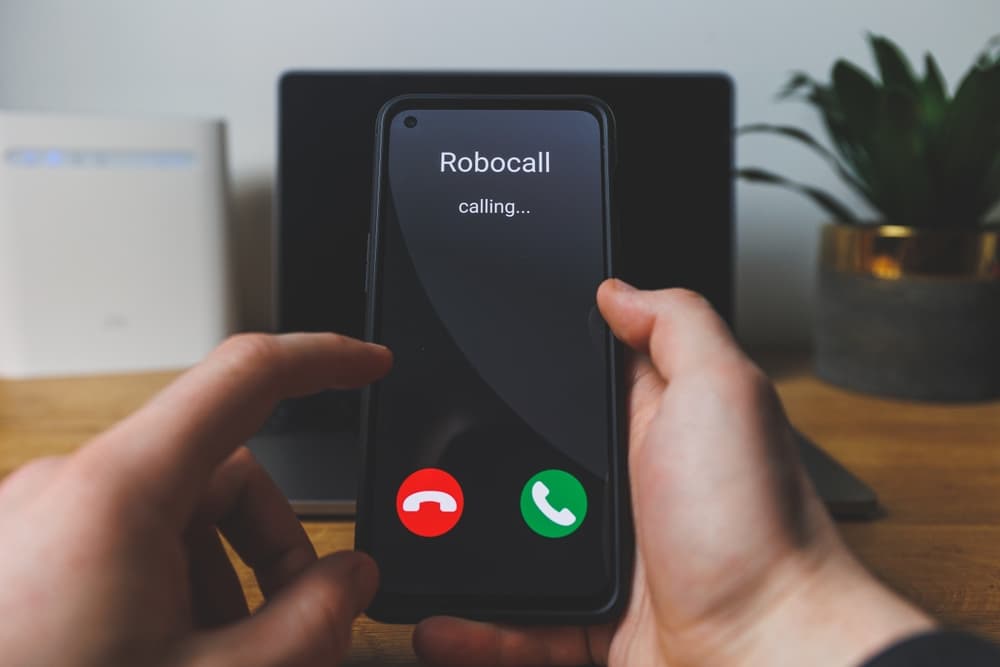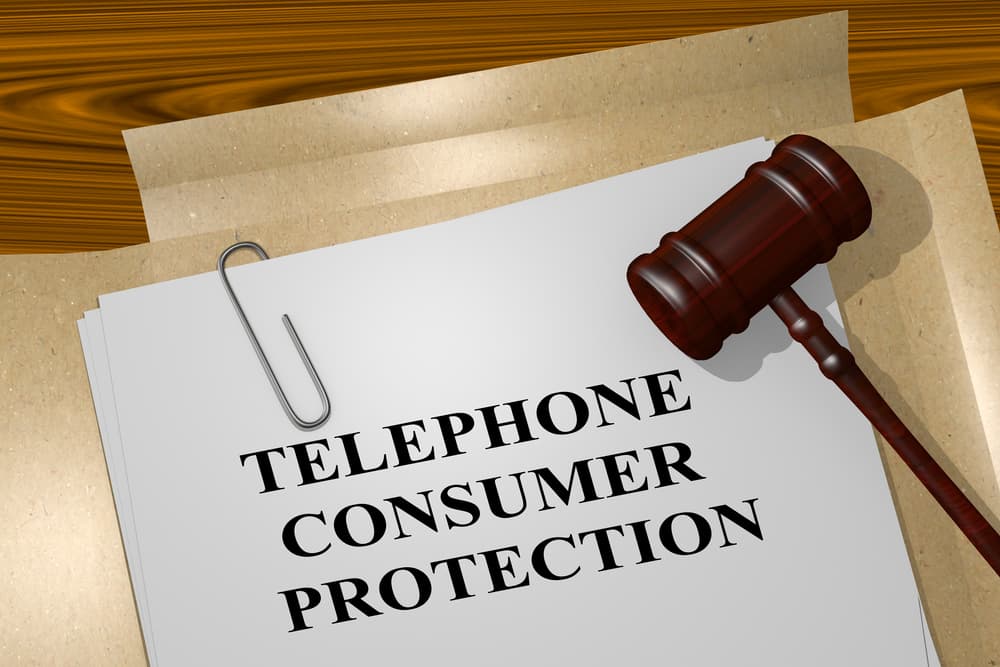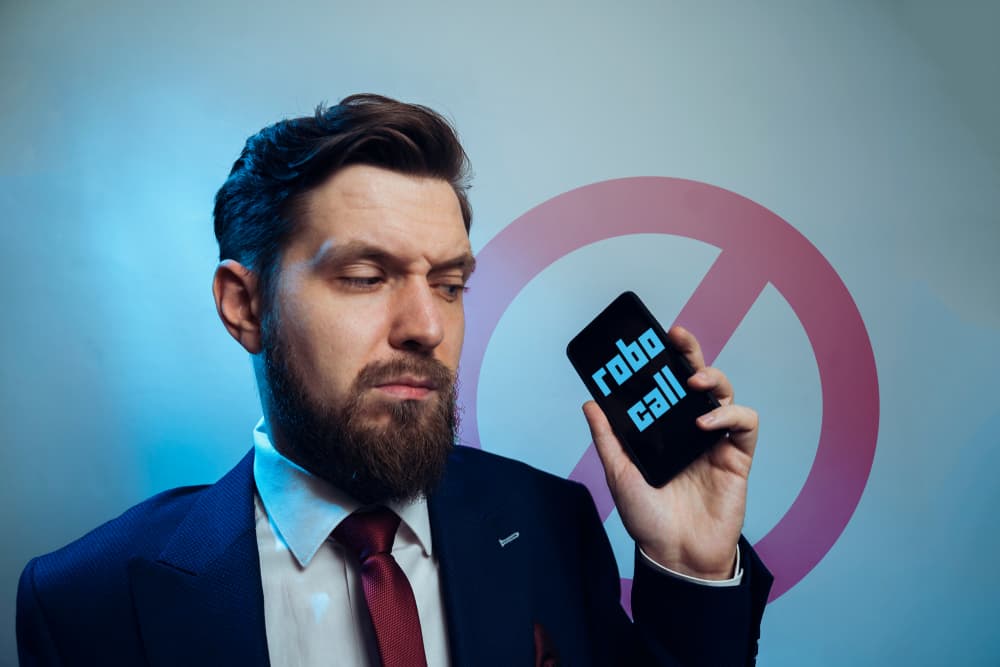Robocalls have become a pervasive and frustrating problem for many people in the United States. According to recent estimates, Americans received over 50 billion robocalls in 2021 alone, with many of these calls being unwanted or even fraudulent.
While there are laws and regulations in place to combat robocalls, the problem persists, leaving many people wondering what they can do to stop these calls for good.
In this blog, we’ll explore some of the most effective strategies for stopping robocalls and taking back control of your phone. From simple steps you can take today to more advanced technical solutions, we’ll cover everything you need to know to put an end to unwanted robocalls once and for all.
If you’re facing illegal robocalls or persistent unwanted calls, consulting an experienced robocall attorney can provide valuable guidance and support.
Understanding Robocalls

Before we dive into the solutions, it’s important to understand what robocalls are and how they work. A robocall is any phone call that uses an autodialer or pre-recorded message to deliver information or solicit a response from the recipient.
These calls can come from legitimate sources, such as political campaigns or charities, but they are often used by scammers and fraudsters to trick people into giving away personal information or money.
Robocalls are typically made using automated dialing systems that can make thousands of calls per minute, using fake or spoofed caller ID information to hide the true identity of the caller. This makes it difficult for consumers to identify and block unwanted calls, and allows scammers to evade detection and prosecution.
Simple Steps to Reduce Robocalls
While there is no one-size-fits-all solution to stopping robocalls, there are several simple steps you can take to reduce the number of unwanted calls you receive:
Don’t Answer Unknown Calls
One of the simplest and most effective ways to reduce the number of robocalls you receive is to simply not answer calls from unknown numbers. If you don’t recognize the number that is calling you, let the call go to voicemail. If the call is important, the caller will leave a message and you can call them back at your convenience.
Many robocalls are designed to simply verify that a phone number is active and belongs to a real person. By answering the call, even if you don’t engage with the caller or press any buttons, you are confirming that your number is valid and can be targeted for future calls. By letting unknown calls go to voicemail, you can avoid this verification process and reduce the likelihood of receiving more robocalls in the future.
Of course, there may be times when you are expecting a call from an unknown number, such as when you have applied for a job or are waiting for a delivery. In these cases, you may need to answer the call. However, in general, avoiding unknown calls is a good rule of thumb for reducing robocalls.
Hang Up on Recorded Messages
If you do answer a call and hear a recorded message, hang up immediately. Don’t press any numbers or speak to anyone, even if the message prompts you to do so.
Many robocalls try to trick you into engaging with the caller, either by pressing a button to speak to a representative or by saying certain words or phrases that can be used to confirm your identity.
By pressing buttons or speaking to the caller, you are not only confirming that your number is active, but you may also be inadvertently agreeing to receive more calls in the future. Some robocalls may even use your responses to sign you up for unwanted services or subscriptions that can be difficult to cancel.
If you accidentally engage with a robocall, don’t panic. Simply hang up as soon as possible and do not provide any personal information or financial details. If you are concerned that you may have been scammed or have accidentally signed up for an unwanted service, contact your phone carrier or the relevant authorities for assistance.
Register on the Do Not Call List
Another effective way to reduce the number of robocalls you receive is to register your phone number on the National Do Not Call Registry. This registry is maintained by the Federal Trade Commission (FTC) and is designed to stop most legitimate telemarketers from calling you.
To register your number, simply visit the Do Not Call Registry website (https://www.donotcall.gov/) or call 1-888-382-1222 from the phone number you wish to register. Your number will remain on the registry permanently, unless you choose to remove it.
It’s important to note that registering on the Do Not Call list will not stop all robocalls, particularly those from scammers or fraudsters who ignore the registry. However, it can significantly reduce the number of legitimate telemarketing calls you receive and make it easier to identify and report illegal robocalls.
Check for Carrier Call Blocking
Many phone carriers now offer call blocking or labeling services that can identify and block potential robocalls before they reach your phone. These services may be included as part of your monthly phone plan or may be available as an add-on for a small fee.
Call blocking services typically work by analyzing incoming calls and comparing them to a database of known robocall numbers. If a call is identified as a potential robocall, it may be blocked entirely or labeled as spam or telemarketer on your caller ID.
Some carriers also offer more advanced features, such as the ability to block calls from specific numbers or to allow calls only from numbers on your contact list. These features can be particularly useful if you are receiving a high volume of robocalls from a specific source.
To find out if your carrier offers call blocking or labeling services, check your account settings or contact customer support. Many carriers also provide instructions on how to activate these services on their website or through their mobile app.
Use Third-Party Call Blocking Apps
In addition to carrier-provided call blocking services, there are also many third-party apps available that can help block unwanted calls and provide additional features like caller ID and spam detection.
These apps are available for both iOS and Android devices and you can download them from the App Store or Google Play.
Some popular call blocking apps include:
- Truecaller: This app uses a large database of known spam and robocall numbers to identify and block unwanted calls. It also provides caller ID and spam detection features.
- RoboKiller: This app uses machine learning algorithms to analyze and block robocalls in real-time. It also provides a unique “answer bots” feature that can waste the time of telemarketers and scammers.
- Hiya: This app provides caller ID and spam detection features, as well as the ability to block calls from specific numbers or categories (e.g. “telemarketer” or “fraud”).
When choosing a call blocking app, be sure to read reviews and compare features to find the one that best meets your needs. Some apps may require a subscription fee or may have limitations on the number of calls that can be blocked per month.
Advanced Technical Solutions
For those who want to take a more proactive approach to stopping robocalls, there are several advanced technical solutions available. These solutions typically involve using specialized hardware or software to analyze incoming calls and block those that are likely to be robocalls.
One popular solution is a call blocker device, which connects to your phone line and uses algorithms to analyze incoming calls and block those that are likely to be robocalls. These devices can be highly effective, but they do require an upfront investment and may not work with all types of phone systems.
Another option is to use a cloud-based call blocking service, which routes your calls through a remote server that analyzes and filters out potential robocalls before they reach your phone. These services often have a monthly subscription fee, but can be a good option for those who want a more hands-off approach to call blocking.
For businesses or organizations that receive a high volume of calls, there are also enterprise-level call blocking solutions available. These solutions typically involve using specialized hardware or software to analyze and route calls based on predefined rules and criteria, and can be highly customizable to meet the specific needs of the organization.
Legal and Regulatory Solutions

While technical solutions like call blocking apps and carrier services can be effective at reducing the number of robocalls you receive, they are only part of the equation. To truly combat the problem of illegal robocalls, legal and regulatory action is also necessary.
In recent years, the Federal Communications Commission (FCC) and other government agencies have taken significant steps to crack down on illegal robocalls and give consumers more tools to fight back against unwanted calls.
These efforts have included a combination of new laws, regulations, and enforcement actions designed to hold robocallers accountable and protect consumers from fraud and abuse.
One of the most significant legal developments in the fight against robocalls was the passage of the Telephone Robocall Abuse Criminal Enforcement and Deterrence (TRACED) Act in 2019.
This law gave the FCC expanded authority to fine robocallers who violate the law and required phone carriers to implement new call authentication technology known as STIR/SHAKEN.
STIR/SHAKEN is a set of protocols that allows phone carriers to verify the identity of callers and prevent scammers from using fake or “spoofed” caller ID information.
When a call is placed, the originating carrier attaches a digital certificate to the call that verifies the caller’s identity. The receiving carrier then checks this certificate to ensure that the caller is who they claim to be before allowing the call to go through.
The TRACED Act required all phone carriers to implement STIR/SHAKEN by June 30, 2021, and gave the FCC the authority to fine carriers who fail to comply. The law also increased the maximum fine for illegal robocalls from $1,500 to $10,000 per violation and extended the statute of limitations for prosecuting robocall violations from one year to four years.
In addition to the TRACED Act, another important legal tool in the fight against robocalls is the Telephone Consumer Protection Act (TCPA). The TCPA was passed in 1991 and prohibits most types of robocalls to cell phones, as well as calls made using an autodialer or prerecorded message to emergency lines, hospital rooms, and other sensitive numbers.
Under the TCPA, callers must obtain prior express consent from consumers before making most types of robocalls to their cell phones. This means that if you have not given a company permission to call you using an autodialer or prerecorded message, any robocalls they make to your cell phone are likely illegal.
Consumers who receive illegal robocalls can file complaints with the FCC or take legal action against the caller under the TCPA. In recent years, there have been a number of successful lawsuits brought against companies that have violated the TCPA, resulting in significant fines and settlements.
Despite these legal and regulatory efforts, the problem of illegal robocalls persists. Scammers and fraudsters are constantly evolving their techniques to evade detection and take advantage of vulnerable consumers. In many cases, robocallers operate outside of the United States, making it difficult for U.S. authorities to prosecute them.
To truly combat the problem of illegal robocalls requires a combination of technical, legal, and consumer education approaches:
- Continued development and implementation of call authentication technologies like STIR/SHAKEN
- Increased enforcement action by the FCC and other government agencies against robocallers who violate the law
- Expansion of legal protections for consumers, such as strengthening the TCPA or creating new laws to address emerging robocall tactics
- Improved consumer education and awareness campaigns to help people identify and avoid robocall scams
- International cooperation and coordination to combat robocallers who operate across borders
Ultimately, the fight against illegal robocalls will require a sustained and coordinated effort from government agencies, phone carriers, tech companies, and consumers themselves.
By working together and using all of the tools at our disposal, we can help to reduce the number of unwanted calls and protect vulnerable consumers from fraud and abuse.
Contact a Consumer Protection Lawyer

Robocalls are a frustrating and persistent problem that affects millions of people every day. While there is no one-size-fits-all solution to stopping these calls, there are many steps that individuals and organizations can take to reduce the number of unwanted calls they receive and protect themselves from potential scams.
If you believe you have been the victim of illegal robocalls or are experiencing persistent problems with unwanted calls, don’t hesitate to seek the advice of a qualified consumer protection attorney. With the right legal guidance and support, you can hold robocallers accountable and protect your rights as a consumer.
